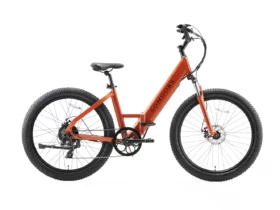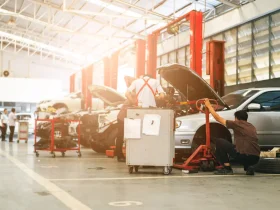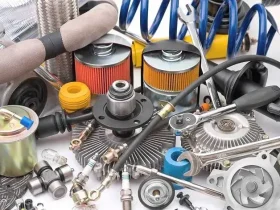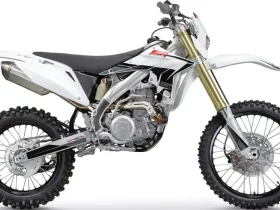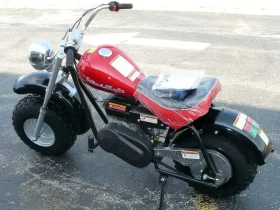If you own a Peloton bike and have noticed unusual noise when pedaling, you’re not alone. Many Peloton bike owners have reported this issue, and it can be quite frustrating.

The noise issue with your Peloton bike
Before we delve into the possible reasons behind the noise issue with your Peloton bike, it’s important to understand that every bike is unique and may have different noise factors.
One potential cause could be loose pedals. If your pedals are not properly tightened, they can create clicking or creaking sounds while pedaling.
Another possibility is a misaligned or worn-out belt. Over time, the belt that connects the pedals to the flywheel can become misaligned or worn, resulting in a grinding or squeaking noise. Realigning the belt or replacing it altogether may be necessary to restore a quiet ride.
Potential causes of noise during pedaling
One possible culprit could be the bearings. Over time, the bearings in the pedals, crankshaft, or even the seat post can wear out or become damaged, resulting in a noisy ride.
Another factor to consider is the chain. If the chain becomes dry, dirty, or rusty, it can create friction and generate noise when pedaling.
Lastly, if you have recently made any modifications or adjustments to your Peloton bike, such as installing aftermarket components or changing the bike setup, it’s essential to check if these changes are causing the noise.
Troubleshooting steps
Step 1: Inspect and replace the bearings –
Start by checking the bearings in the pedals, crankshaft, and seat post. Look for signs of wear or damage such as rust, looseness, or uneven movement. If any of the bearings appear faulty, it is recommended to have them inspected and replaced by a professional bike technician. This will ensure that your bike operates smoothly and quietly.
Step 2: Clean and lubricate the chain –
If you suspect that the chain is causing the noise, it’s important to clean and lubricate it regularly. Begin by removing any dirt or debris using a soft brush or cloth. Once the chain is clean, apply a proper lubricant specifically designed for bicycle chains. This will reduce friction and minimize the noise during pedaling.
Step 3: Revert any recent modifications or adjustments –
If you’ve recently made any modifications or adjustments to your Peloton bike, such as aftermarket components or changes to the bike setup, it’s important to revert those changes. Sometimes, these alterations can unintentionally cause noise issues. By returning to the previous setup, you can determine if the modifications were the root cause of the noise.
Seeking professional assistance
If you’ve followed the previous troubleshooting steps and the noise problem on your Peloton bike persists, it may be necessary to seek professional assistance. While some minor issues can be resolved with DIY solutions, there are certain underlying problems that may require the expertise of a bike technician.
Professional technicians can conduct a thorough diagnosis of your bike, using specialized tools and knowledge to pinpoint the exact cause of the noise.
When choosing a professional technician, look for someone with experience and expertise in working with indoor exercise bikes, specifically Peloton bikes.
Seeking professional assistance not only helps resolve the noise issue but also prevents further damage to your bike. So don’t hesitate to reach out and schedule an appointment with a qualified technician.
Maintenance tips
1. Clean and lubricate:
Dust, dirt, and sweat can accumulate on your bike over time, leading to increased friction and potential noise. Regularly clean your bike using a soft cloth and mild detergent. Additionally, ensure that all moving parts, such as the pedals and chain, are properly lubricated to reduce friction.
2. Check for loose components:
Vibrations during workouts can cause screws, bolts, and other components to become loose. Before each ride, inspect your bike for any loose parts and tighten them as necessary.
3. Monitor wear and tear:
Keep an eye on the condition of your bike’s components, including the pedals, crankset, and chain. If you notice any signs of wear or damage, consider replacing them to maintain the smooth and noise-free operation of your bike.
Conclusion
Regular maintenance and care are essential for ensuring a quiet and enjoyable ride on your Peloton bike. By cleaning and lubricating your bike regularly, you can reduce friction and prevent noise caused by dust, dirt, and sweat buildup.
Checking for loose components before each ride will also help eliminate any potential sources of noise. Monitoring wear and tear on your bike’s components and replacing them when necessary will ensure a smooth and silent ride.
Taking proactive measures to maintain your Peloton bike’s condition will not only prevent noise-related issues but also prolong its lifespan.


